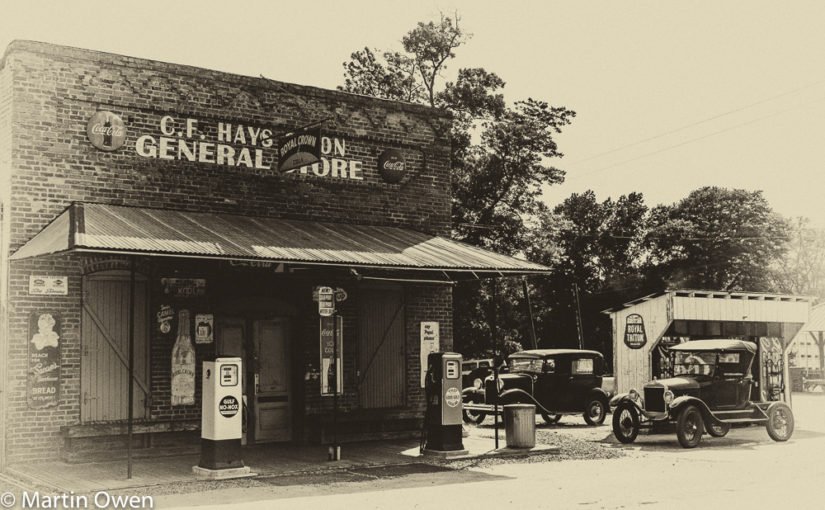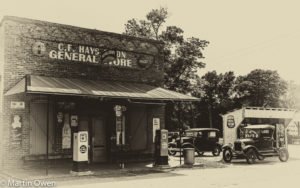Here’s our Conexión Florida Tourism column for April.
Last month we discussed how tourism developed and how it contributes to local economies. Over the past few weeks there have been some developments to tourism here on the Northern Gulf Coast that I thought you’d find interesting.
Tourist Development Tax (TDT), commonly known as Bed Tax, was set up to be paid only by tourists and to fund the promotion of tourism in the areas where it’s collected. Now, you may think that that just means it can only be spent on advertising a destination, but that’s far from the case. Bed tax, certainly in Florida, can be used for a whole range of projects. This ranges from providing life guards on beaches, creating museums, running convention centers, developing artificial reefs, building beach access, repairing beaches where weather or tides have caused erosion, through, of course, marketing a destination.
As TDT can generate substantial amounts of revenue, it has attracted the attention of some legislators who would like to use it for non-tourist related uses, for example paving roads in non-tourist areas for example. Consequently, proposals have been put forward in the Florida Legislature to change the rules.
Read the rest of the column HERE







